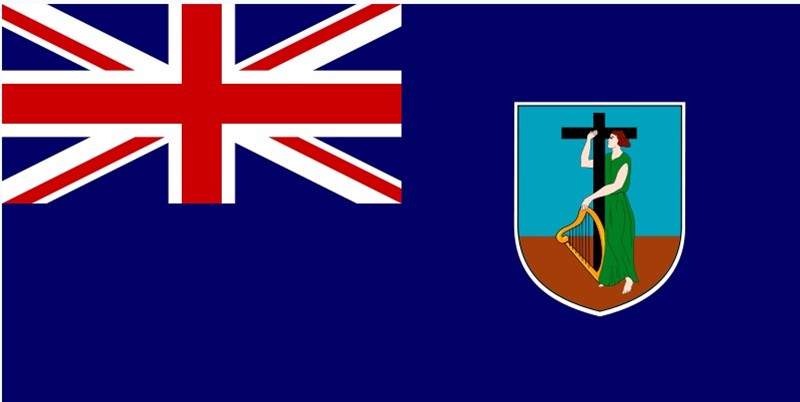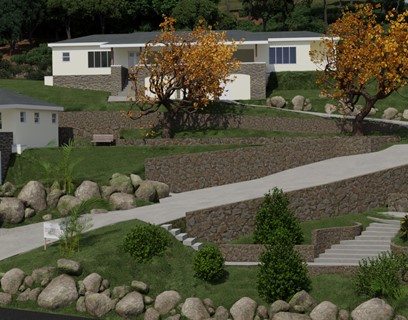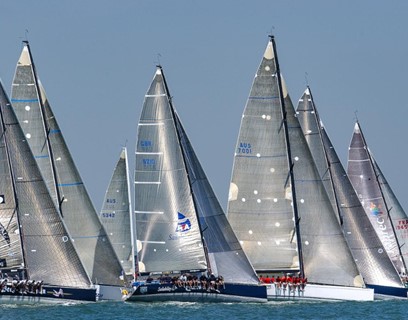
Welcome to the first, in what we will be an information and educational series to raise awareness and understanding of the Montserrat Legislative Assembly (MLA), and the structure of parliamentary democracy here on the British Overseas Dependent Territory of Montserrat.
This series is being conducted between MNI Media and the Office of the Legislature, to begin from Tuesday, February 6th, 2018 onwards towards April 17th, 2018. Each Tuesday, a new feature will be shared with the public that seeks to examine Parliament and the Legislative processes we often hear much of, that take place on the island.
For the first in our series we wish to lay the foundation by providing an insight into Democracy and Parliament on Montserrat.
Montserrat retains its status as a British Overseas Territory. The Head of State on the island is the Queen’s Representative, The Governor. Montserrat’s Governor assumes control for matters such as security and defense, law and order, and the islands external affairs.
However, Montserrat is largely governed by a self -governing system of representative democracy, with a representative government that subscribes to a system of Parliamentary democracy fashioned from the Westminster model in the United Kingdom.
Representative democracy as referred to previously, is defined to be “a type of democracy founded on the principle of elected officials representing a group of people.
The framework for democratic governance on Montserrat further is illustrated in that the island’s Legislative power is undertaken by both the elected government of the day, and the wider Legislative body of Parliament, and the representatives that make up Parliament.
It is important though to examine the history of representative Democracy on Montserrat for the purposes of this first feature.
Prior to 1952, Montserrat was governed by what was known then as a plantocracy system. Records indicate that early elections on the island date back to the 19th century. However, these elections were very limited as only partial members of the community were able to vote.
True representative Government on Montserrat began around 1936 when key electoral reforms were brought on stream.
However, the right to vote, which is widely referred to as Universal Suffrage was only granted to the island in 1951, with the February 20th 1952 elections seeing all members of the Montserrat community of legal voting age and requirements, now having the right to exercise their franchise.
Mainly, the island’s first elected Chief Minister, William H. Bramble, led the charge that saw to this voting right being granted to all citizens of the island.
Bramble did not stand alone in seeking to bring representative democracy to Montserrat, as in his court also stood such notable names as R.W Griffith, M E. Walkinshaw, E T. Edgecombe, and B W. Edwards. These men comprised the Montserrat Labour Party that won all five constituency seats.
The Montserrat Labour Party (MLP) ran against the Merchant Planters as their opponents. The Merchant Planters had only put forward 4 members to contest the elections, thus resulting in M E Walkinshaw winning his seat unopposed in the Central constituency.
Thus, it can be said that this year, 2018, Montserrat is in actuality recognizing almost 66 years of Parliamentary representative Democracy on the island.
Both W.H Bramble and R W Bob Griffith and those others who stood with them during this pivotal moment in Montserrat’s history began the process of building a democracy based on solid representative principles.
When Universal Suffrage, or the right to vote as we have previously established, was granted to Montserrat, the island’s first election saw five members elected to what was then known as the Legislative Council in 1952.
The number of elected representatives on the island remained being only 5 members until just prior to the 1970 elections when the total number of Representatives in the Legislative Council was increased to 7 members.
Elections have been held in Montserrat in the following years throughout its parliamentary history;
1937
• 1952
• 1955
• 1958
• 1961
• 1966
• 1970
• 1973
• 1978
• 1983
• 1987
• 1991
• 1996
• 2001
• 2006
• 2009
• 2014
The Montserrat Labour Party up until 1970 had won previous elections in Montserrat.
In 1970 the Progressive Democratic Party (PDP) won all of the newly expanded seven seats within the Legislative Council. This Party was led by P. Austin Bramble. Bramble’s Party went on to win the 1973 elections.
In 1978 the People's Liberation Movement (PLM) defeated Bramble capturing all seven Legislative Council seats. John Alfred Osborne, who took the party to two more electoral victories in 1983 and 1987, led PLM.
The National Progressive Party, who captured four of the seven Legislative Council seats, won elections in 1991. Reuben T Meade was named Chief Minister.
The 1996 elections resulted in a hung parliament. The People's Progressive Alliance (PPA) and Movement for National Reconstruction (MNR) held two seats, with the NPP holding one, and the remaining seats taken by two independents. The island's first coalition government was formed by the MNR, NPP and an independent MP, with Bertrand Osborne then becoming Chief Minister for a short period before being replaced by David S Brandt, as the island’s volcanic crisis was at its most heightened stage.
In 2001 due to the onset of social and demographic changes from the mass migration of citizens caused by the Soufriere Hills Volcano, a new electoral system was introduced with a single nine-member constituency, that saw voters being able to vote for nine candidates with a single vote.
The 2001 elections was won by the New People's Liberation Movement (NPLM). They took 7 of the 9 seats and John Osborne was again named Chief Minster.
However, the 2006 elections resulted in another hung parliament, with The Movement for Change and Prosperity (MCAP), NPLM and the Montserrat Democratic Party (MDP) forming a coalition government, together with one sole independent MP. Dr Lowell Lewis was then named Chief Minister.
The 2009 elections were won outright by the Movement for Change and Prosperity (MCAP). Their victory saw them winning six of the nine Legislative Council seats and Reuben T Meade once again became Chief Minister of Montserrat.
Constitutional reform saw the Montserrat Constitutional Order 2010 being adapted into law, and in 2011 the Legislative Council as it was formerly known was discarded and replaced by what we now have today as the Montserrat Legislative Assembly.
Under this new outlay for Parliamentary proceedings, Montserrat held its first elections in September of 2014 still under the one man, 9-vote system.
Elected Members of Parliament on Montserrat are elected for 5-year terms before elections become constitutionally due.
So there you have it, a brief run down of the history and process of Democracy and Parliament here on Montserrat.
Join me next week as we look at “Why Legislators are called Law-makers and the Differences between Cabinet and Parliament”
Note: This has been a collaboration between the Montserrat Legislative Assembly and Marketing, News & Information (MNI) media


